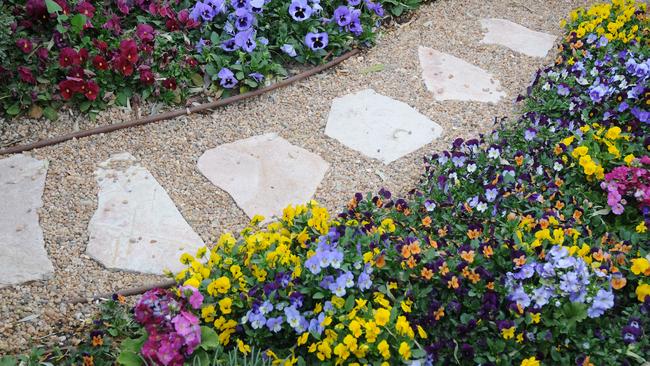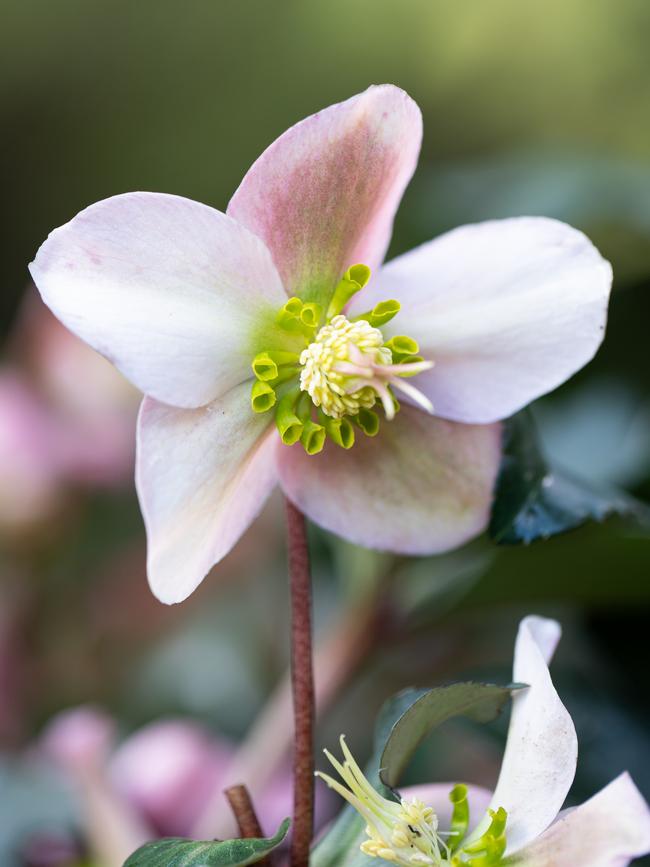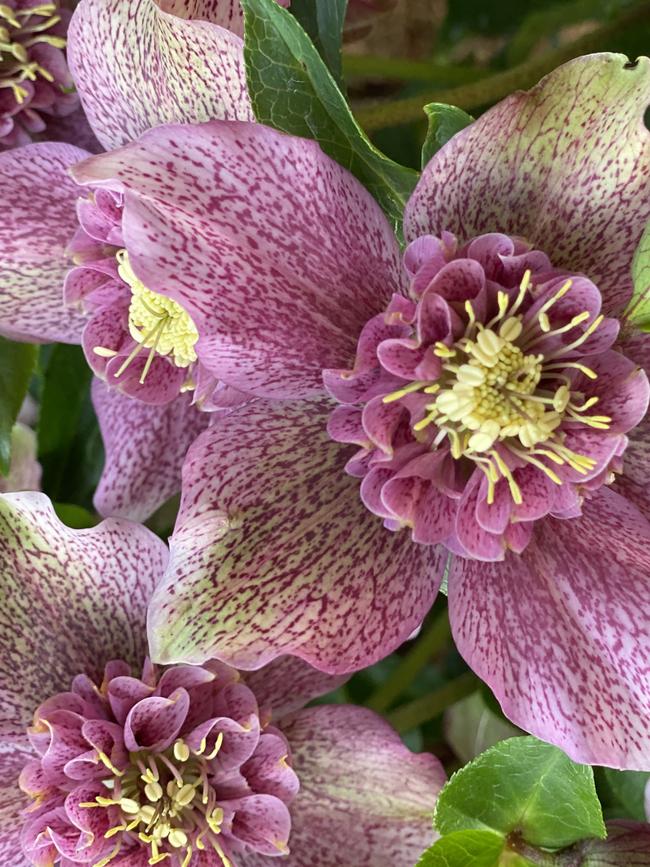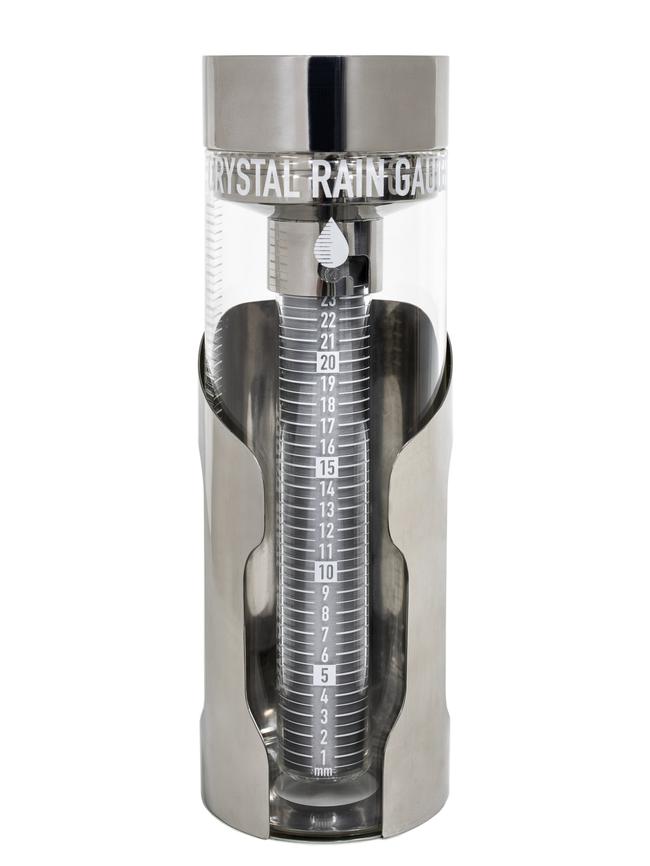What to plant for a gorgeous winter garden
Planting flowering annuals is a brilliant way to add colour to your garden for winter and spring.

Planting flowering annuals now is a brilliant way to add colour to your garden for winter and spring. Add them to pots, window boxes, hanging baskets and the edges of beds, or use them to fill any bare patches. You can buy them in punnets or in 100mm diameter pots called “bloomers”. Curiously, many of the annuals to plant now start with a “P” – pansies, primulas, polyanthus and poppies. Pansies (and their relative, violas) are among the most popular annuals and come in every colour, and multicolours, in different mixes and medleys, and with “faces” or not. They need a sunny spot to flower well. The prettiest primulas are fairy primrose, in white, pink or mauve. They thrive in semi-shade and will self-seed each year. Polyanthus are a type of primula with larger flowers. Iceland poppies need plenty of sun to produce their happy, cupped blooms in shades of yellow, orange and pink.; they’re excellent cut flowers. Nemesia is another colourful winter-spring annual.
Winter wonders
Hellebores or winter roses - pictured below - flower through winter into spring, bringing colour and joy in shady spots, mass planted under trees, in containers and even indoors for short periods. Look for crimson ‘Anna’s Red’, semi-double ‘Tutu’ and ‘White Tutu’, and ‘Angel Glow’, which changes from gentle pink to white.


Q&A
Is there an organic way to fight the Portuguese millipedes that eat our shrubs’ roots? We’ve spent 12 years revegetating our 9ha wheatbelt property into a Land For Wildlife refuge. Rhys Evelyn-Williams, WA
A biological control is the ideal solution. The nematode Rhabditis necromena attacks only Portuguese millipedes and is completely safe for everything else. It’s active in late autumn and winter so now is the perfect time to apply it. You can order the product from bugcentral.com.au, or in Western Australia from envirapest.com.au. You can also buy light traps for millipedes.
I’ve found broccoli can be difficult to grow. How do I achieve those large, healthy heads? Fintan Hamilton, Newcastle, NSW
Broccoli prefers to grow in a cool climate but succeeds in warmer areas when planted in autumn and winter in a sunny spot. Timing is extremely important for this cool-season crop. It’s a heavy feeder, so plant into enriched soil then apply soluble fertiliser fortnightly. Nutrient-and-water-stressed plants form poor heads that open quickly to flowers. A soft mulch (sugar-cane, compost or lucerne) will help. The heads are unopened flower buds, so use a flower-boosting fertiliser once the plants are a good size. Sprouting broccoli varieties that form multiple, smaller florets are less demanding.

What indoor plant would be more contemporary and stylish than the golden cane palm I have at my front door? Jane Baumann, by email
Fiddle-leaf fig (Ficus lyrata) remains fashionable - a new, more compact form is called Bambino. Also in vogue are coloured-leaf forms of rubber tree (Ficus Elastica) such as burgundy Rubra and multi-coloured Tineke. Calathea zebrina has vibrant, striped leaves. For a more classic look, try the giant form of peace lily, Spathiphyllum Sensation.
Some more articles from The Weekend Australian Magazine’s garden expert:
- The trick to a good beach garden
- Bring the wow factor to your garden with bougainvilleas
- A garden crafted for a cottage
Send your questions to: helenyoungtwig@gmail.com. The best question for June wins a superb Crystal Rain Gauge worth $120. May’s wubber is Gary Waldron of Broome for his question about propagating frangipanis.


To join the conversation, please log in. Don't have an account? Register
Join the conversation, you are commenting as Logout